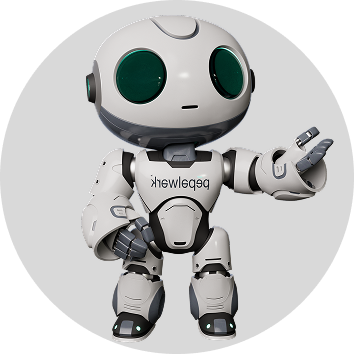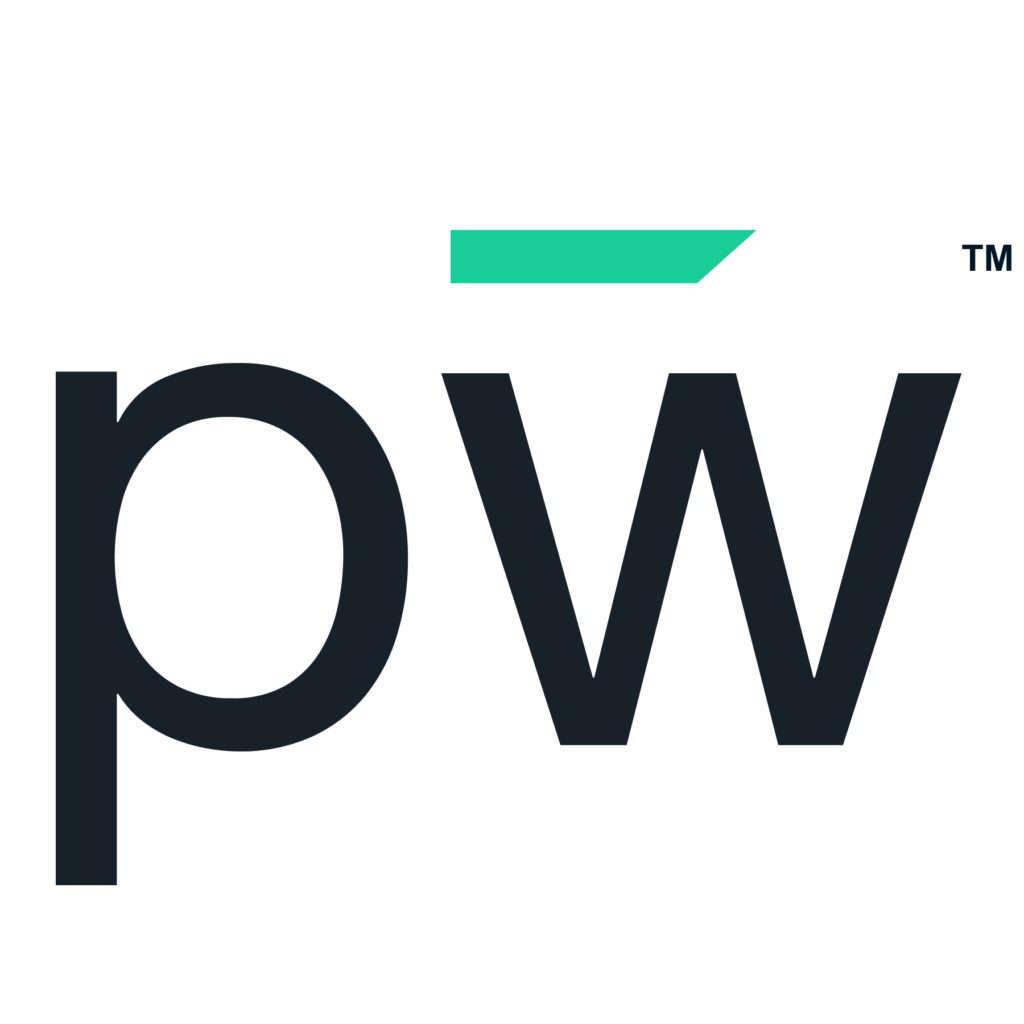Is your organization using artificial intelligence (AI) in recruitment? Use cases for the technology are growing, and businesses are eager to apply it to hiring. There are many options, from simple automation to more advanced initiatives, that will revolutionize how you find the best people for your jobs. By adopting AI candidate-matching software, you can see these results in your organization.
By shifting your hiring practices to use advanced AI, you can transform how you build your workforce now and keep the pipeline flowing for the future. Let’s review the many possibilities of AI in recruitment.
How is AI changing recruitment?
Recruitment looks remarkably different than it did a few years ago after years of disruptions relating to the workforce. The pandemic created a hiring crisis; many people lost their jobs and decided to try a new career path. It also impacted many positions that remain understaffed. Additionally, unemployment remains low, and new job creation has been steady in 2023. You’ve likely felt the effects of all these things — can AI help you navigate them?
AI has been a driver of change for every industry, and it has a role in recruitment. It started years ago, with AI becoming part of application tracking systems (ATS) to use in resume matching. Hiring managers needed automation support to alleviate the pain points of lots of paperwork and manual reviews.
Resume matching seemed like a great solution, with AI identifying specific terms in resumes that indicated a candidate had a desired skill listed in the job post. This could automatically decrease review time, which is time-intensive considering that companies receive around 250 resumes for corporate jobs. It would be impossible to review them all effectively without AI.
This basic use of AI helps streamline the process but falls short in finding ideal candidates because it can only look for exact matches. A lot of great potential employees will never make it past the initial screening.
However, AI is much more powerful now, with sophisticated algorithms that can match beyond exact phrases.
How does an AI job-matching algorithm work?
What makes AI candidate-matching software different? Machine learning algorithms power the platform, which connects job seekers with companies based on skills. AI algorithms do more than merely compare key terms on a resume with a job post.
The technology behind AI candidate-matching software doesn’t use resumes, applications or job postings. Rather, job seekers create talent profiles that give them dimension, so they’re more than just some words on paper.
Companies that are hiring develop detailed job profiles. Based on the data in these profiles, the software creates matches by looking for similar phrases — not just specific keywords. From this, it finds matches between skill lists and profiles. Finally, it combines data from human and technical sources.
The new process is more equitable and highlights people with great potential. It also removes bias from hiring practices and provides a more efficient workflow.
Gain greater efficiency throughout the hiring cycle.
AI works throughout the hiring cycle to drive efficiency. It removes manual processes and all the paperwork, ensuring you can be more strategic in hiring rather than being lost in administrative work. Everything you need to hire the right candidates for your jobs exists in the platform — you don’t need a separate ATS or job boards, which could help you decrease your cost per hire.
After matching, the technology continues to streamline the process of communicating and interviewing. Overall, you reduce your tech stack and cost per hire while improving the quality of new employees.
Redefine recruitment with AI candidate-matching software.
It’s time to embrace AI in the right way for your organization to improve hiring in the 21st century. With an AI candidate-matching software platform such as pepelwerk, the experience is better for you and potential employees.
Learn more about how it works by booking a meeting with us.










